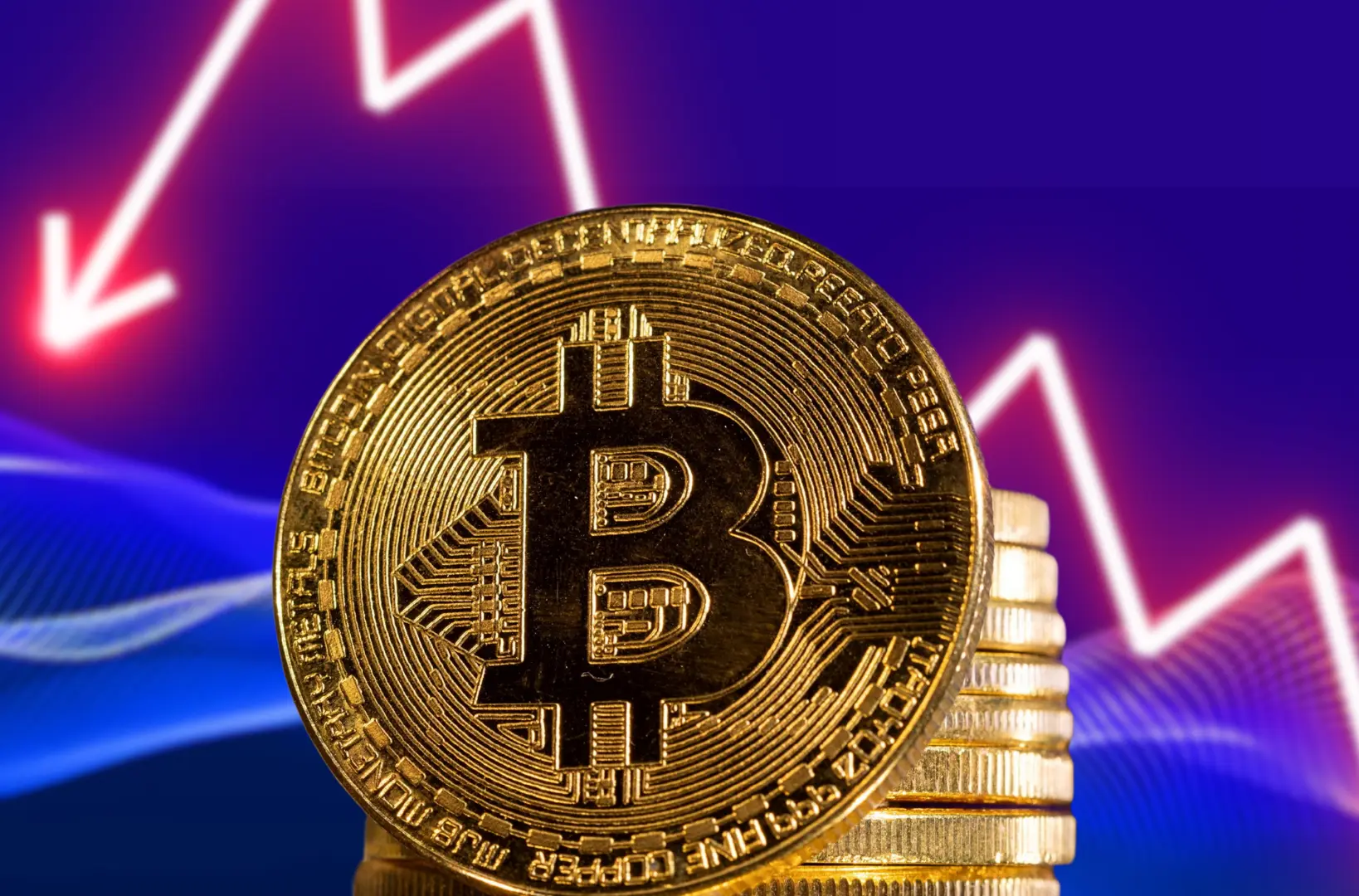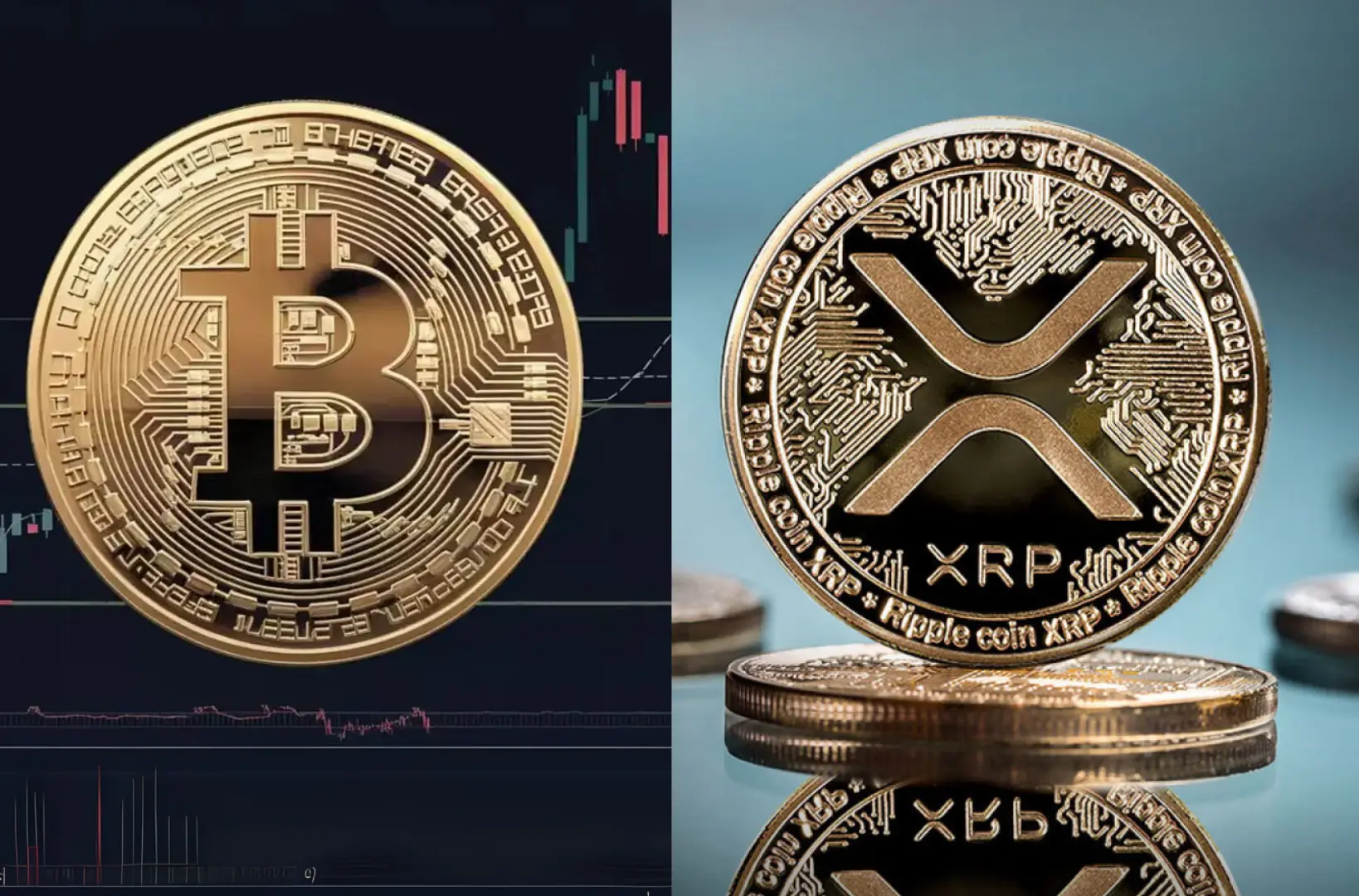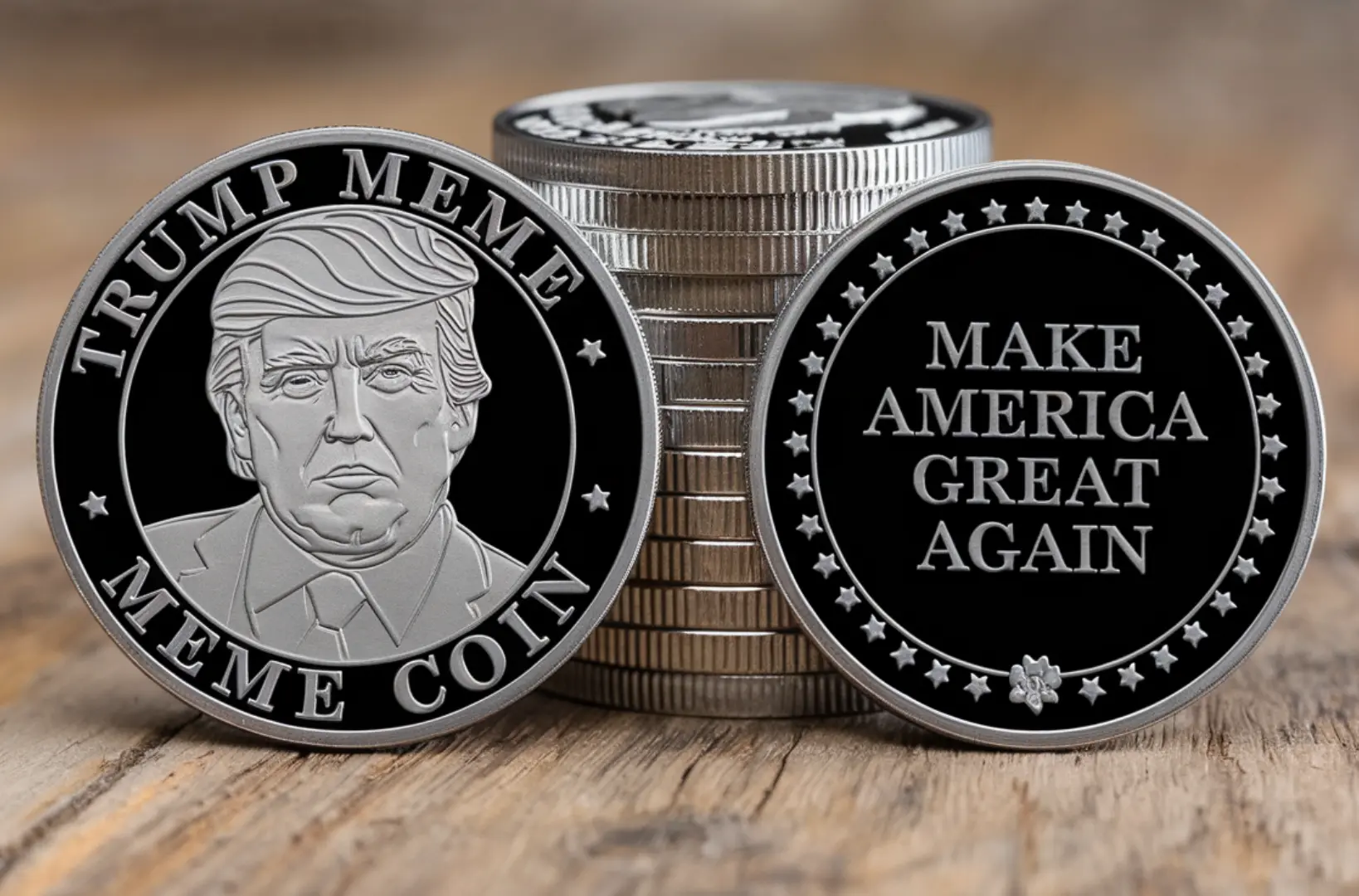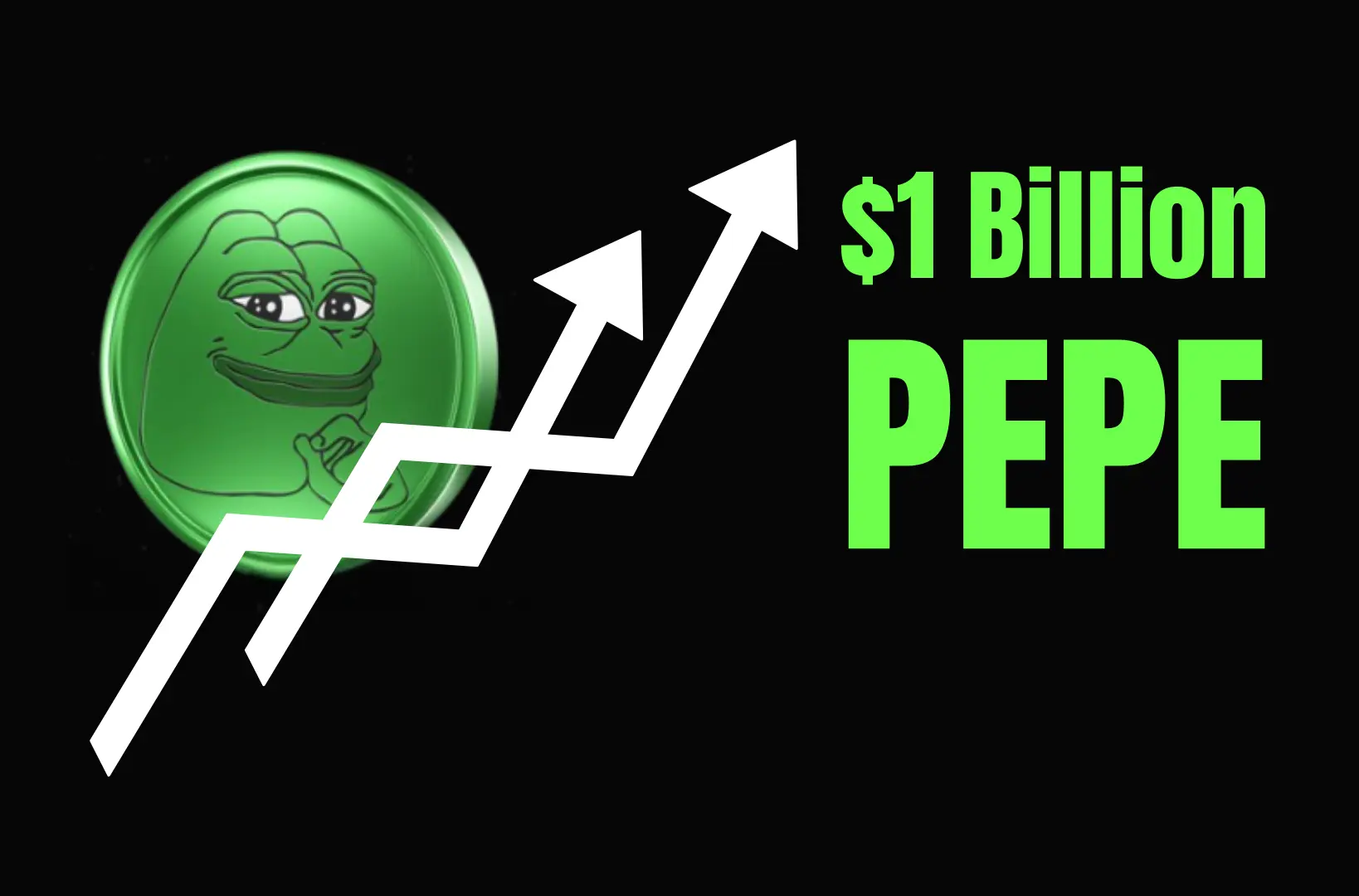Bitcoin’s price took a sharp hit, dropping over 5% in a single day, as the market reacted to former President Donald Trump’s latest endorsement of Bitcoin as a strategic reserve asset. While some saw this as a bullish signal, others viewed it as a catalyst for short-term instability. The sudden drop underscores the ongoing volatility in the crypto market, particularly when major political figures weigh in on digital assets.
For the U.S. crypto industry, this development raises critical questions. Could Bitcoin truly become part of the national reserve strategy? And if so, how would that impact institutional adoption, regulatory policies, and market stability?
Understanding the 5% Drop: What’s Behind the Market Reaction?
At first glance, Trump’s endorsement of Bitcoin as a reserve asset should have been bullish news. After all, greater institutional and governmental recognition of Bitcoin could lead to wider adoption. However, the market’s reaction suggests that traders and investors are approaching the news with caution.
Bitcoin has always been a volatile asset, but the latest price movement highlights the sensitive relationship between cryptocurrency markets and political developments. Historically, Bitcoin’s price has responded sharply to macroeconomic events, regulatory updates, and influential statements from public figures. Trump’s Bitcoin reserve plan falls into this category, but the way the market reacted suggests that there’s more to the story than just a political endorsement.
1. Profit-Taking by Short-Term Traders
One of the primary reasons for Bitcoin’s sudden drop is the reaction of short-term traders who were looking to cash in on recent price gains.
Bitcoin had been on a strong upward trajectory prior to Trump’s statement, climbing steadily amid broader market optimism about crypto adoption. Many traders, particularly those operating on leverage, took the announcement as an opportunity to take profits. Since the news generated a lot of buzz, it likely attracted retail investors who rushed in, pushing the price up temporarily before experienced traders sold off their holdings to lock in gains.
This type of movement is common in crypto markets, where news-based rallies are often followed by swift corrections. Bitcoin has seen similar scenarios in the past, where major endorsements or regulatory developments initially drive prices higher before traders pull back, triggering a wave of liquidations.
2. Regulatory Uncertainty and Government Involvement
Another key factor behind Bitcoin’s decline is the uncertainty surrounding how the U.S. government would actually implement Trump’s proposal.
The idea of Bitcoin becoming part of U.S. reserve assets is unprecedented. While it signals growing acceptance, it also raises several regulatory questions. Would this lead to increased government control over Bitcoin? Would it require new legislation to define Bitcoin’s role in the country’s financial system?
Bitcoin’s decentralized nature is one of its strongest appeals. If the U.S. government were to hold Bitcoin as a reserve asset, it could introduce new layers of control and oversight that go against the core ethos of decentralization. Institutional investors, particularly hedge funds and large corporations, are watching closely to see how this proposal develops.
Furthermore, the Securities and Exchange Commission (SEC) and other regulatory bodies have been cracking down on various aspects of the crypto industry. There’s a possibility that Trump’s statement could reignite discussions around stricter crypto regulations, leading to uncertainty that spooks investors.
Regulatory ambiguity is one of the biggest risks facing the crypto industry. While Trump’s endorsement may seem like a step toward legitimacy, the lack of clear policies and frameworks creates an unpredictable environment for investors.
3. Traditional Finance’s Skepticism Toward Bitcoin as a Reserve Asset
Another reason Bitcoin’s price took a hit is skepticism from traditional finance and economic policymakers.
Wall Street institutions and central banks have long debated Bitcoin’s role in the global financial system. Some argue that Bitcoin is a valuable store of value, similar to gold, while others see it as a speculative asset that lacks stability.
For Bitcoin to be considered a viable reserve asset, it would need to prove that it can maintain its value over long periods without extreme volatility. Currently, Bitcoin’s price fluctuations make it far more unpredictable than traditional reserve assets like gold or government bonds.
Additionally, financial institutions have concerns about how Bitcoin holdings would be managed. Unlike gold, which has a long history as a reserve asset, Bitcoin is relatively new, and questions remain about security, custody, and risk management.
While Trump’s endorsement gives Bitcoin more visibility, skepticism from traditional finance players adds to market uncertainty.
Trump’s Bitcoin Reserve Plan: Could It Become a Reality?
Trump’s proposal suggests that Bitcoin could be treated similarly to gold as part of U.S. financial reserves. If such a move were to materialize, it could be one of the most significant milestones in Bitcoin’s journey toward mainstream acceptance.
However, implementing this plan would require overcoming several obstacles.
Potential Benefits of a Bitcoin Reserve Strategy
- Legitimization of Bitcoin as a Global Asset
If the U.S. government were to hold Bitcoin as part of its reserves, it would send a strong signal that Bitcoin has achieved mainstream financial legitimacy. This could encourage other countries to explore similar strategies, further strengthening Bitcoin’s position in the global economy. - Increased Institutional Adoption
A government-backed Bitcoin reserve plan could encourage more institutional investors to allocate funds to Bitcoin. Large financial institutions often take cues from government policy, and an official endorsement could pave the way for increased participation. - Hedge Against Inflation and Dollar Weakness
Many Bitcoin advocates argue that the asset serves as a hedge against inflation and currency devaluation. If the U.S. were to adopt Bitcoin as a reserve asset, it could help protect national reserves against inflationary pressures.
Challenges and Risks
- Extreme Price Volatility
Bitcoin’s price swings could make it difficult to use as a stable reserve asset. Unlike gold, which has a relatively stable price history, Bitcoin’s value can fluctuate dramatically in short periods. - Regulatory and Legal Hurdles
Any move to integrate Bitcoin into national reserves would require extensive legal and regulatory frameworks. Given the current climate of crypto regulation in the U.S., this would not be an easy process. - Security and Custody Concerns
Holding Bitcoin as a reserve asset would require secure storage solutions. The U.S. government would need to implement robust custody measures to prevent hacks, theft, or loss.
While Trump’s plan is ambitious, these challenges mean that it is unlikely to be implemented in the near term. However, it does highlight the growing conversation around Bitcoin’s role in the global financial system.
What’s Next for Bitcoin?
Bitcoin’s recent drop is not necessarily a cause for concern for long-term investors. The crypto market is known for its volatility, and price swings of this magnitude are common.
For the crypto industry, this moment should serve as a reminder that Bitcoin’s adoption is still evolving. While Trump’s endorsement brings more attention to Bitcoin, it also introduces new uncertainties that could shape the market in the coming months.
Institutional investors and traders should keep a close eye on regulatory developments. If Bitcoin continues to gain political and economic relevance, it could drive long-term price appreciation. However, in the short term, volatility is likely to persist as the market reacts to new information.
Conclusion: A Defining Moment for Bitcoin?
Bitcoin’s 5% drop following Trump’s Bitcoin reserve proposal is a clear example of how political statements can influence the crypto market. While some investors see this as a sign of mainstream adoption, others are wary of the uncertainties that come with government involvement in Bitcoin.
Looking ahead, the crypto industry must navigate the evolving regulatory landscape and prepare for continued volatility. Whether Trump’s vision becomes a reality or not, Bitcoin remains at the center of the financial revolution, and its role in the global economy will only continue to grow.
Suggested Reads:
Zeekr 007: Sub-10-Minute EV Charging with Golden Battery
Startup Tech Stack 2025: Your Ultimate Guide
Frontend Developer Roadmap 2025: Your Complete Guide

Burhan Ahmad is a Senior Content Editor at Technado, with a strong focus on tech, software development, cybersecurity, and digital marketing. He has previously contributed to leading digital platforms, delivering insightful content in these areas.








